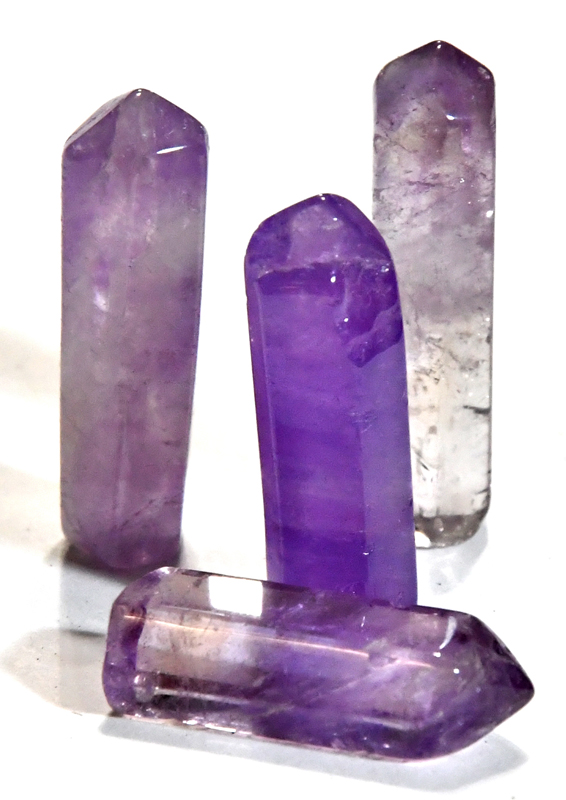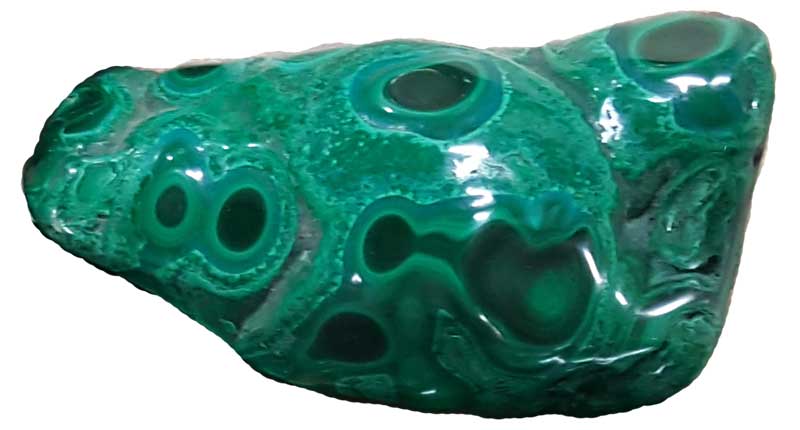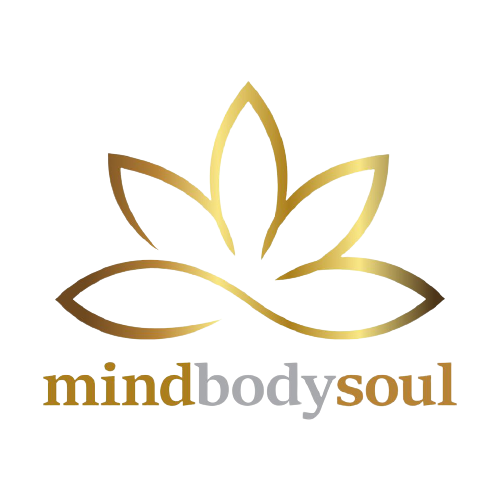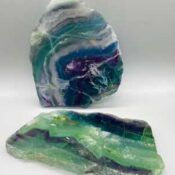Energy healing is an ancient practice that taps into the body’s natural energy systems to promote physical, emotional, and spiritual well-being. From reiki to qi gong, energy healing encompasses a variety of techniques designed to balance the body’s energy, remove blockages, and enhance overall health. In recent years, energy healing has gained significant popularity as people seek holistic and non-invasive approaches to health care. This article explores the principles of energy healing, its various forms, and the benefits it offers.

Understanding Energy Healing
At its core, energy healing is based on the belief that the human body is more than just a physical entity; it also consists of energy fields that influence our health and well-being. These energy fields, often referred to as the aura or biofield, interact with the body’s physical systems. When the energy flow is disrupted or blocked, it can lead to physical or emotional illness.
Energy healers use various techniques to restore balance and harmony within these energy fields. The goal is to remove blockages, enhance the flow of energy, and promote the body’s natural ability to heal itself. Unlike conventional medical treatments that focus on symptoms, energy healing addresses the underlying energy imbalances that contribute to health issues.
Different Types of Energy Healing
There are several types of energy healing practices, each with its own unique approach and techniques. Here are some of the most well-known forms:
- Reiki: Originating in Japan, reiki involves the transfer of universal energy from the practitioner to the patient through the hands. The practitioner lightly places their hands on or near the patient’s body to channel energy, which is believed to stimulate the body’s natural healing processes.
- Qi Gong: This Chinese practice combines physical movements, breathing techniques, and meditation to cultivate and balance the body’s vital energy, known as qi. Qi gong is often used for its health benefits, including stress reduction, increased vitality, and improved overall health.
- Therapeutic Touch: Developed in the 1970s, therapeutic touch involves the practitioner using their hands to sense and manipulate the patient’s energy field. The goal is to promote healing by clearing blockages and restoring balance.
- Acupuncture: While primarily known as a physical treatment involving the insertion of thin needles into specific points on the body, acupuncture also aims to balance the body’s energy flow, known as qi, to promote healing.
- Pranic Healing: This practice involves the use of prana, or life force energy, to cleanse and energize the body’s energy centers, known as chakras. Practitioners use their hands to sweep away negative energy and channel positive energy into the patient.
Benefits of Energy Healing
Energy healing offers a wide range of benefits, making it an appealing option for many individuals seeking holistic health care. Some of the key benefits include:
- Stress Reduction: Many energy healing practices, such as reiki and qi gong, have been shown to reduce stress and promote relaxation. This can have a positive impact on overall health and well-being.
- Pain Relief: Energy healing can help alleviate pain by addressing the underlying energy imbalances that contribute to physical discomfort. Techniques like acupuncture and therapeutic touch are often used to manage chronic pain conditions.
- Emotional Healing: Energy healing can also support emotional well-being by releasing trapped emotions and clearing emotional blockages. This can lead to improved mood, reduced anxiety, and greater emotional resilience.
- Enhanced Energy Levels: By balancing the body’s energy systems, energy healing can boost vitality and increase overall energy levels. This can be particularly beneficial for individuals experiencing fatigue or low energy.
- Holistic Health: One of the most significant advantages of energy healing is its holistic approach to health. Rather than focusing solely on physical symptoms, energy healing addresses the interconnectedness of the body, mind, and spirit, promoting comprehensive well-being.
Incorporating Energy Healing into Your Life
For those interested in exploring energy healing, there are several ways to incorporate these practices into daily life. Here are a few suggestions:
- Seek Professional Help: Working with a trained energy healer can provide personalized guidance and support. Look for practitioners with reputable training and certifications in their respective fields.
- Learn Self-Practice Techniques: Many energy healing practices, such as qi gong and reiki, can be learned and practiced independently. Taking a class or following instructional videos can help you develop these skills.
- Create a Healing Environment: Enhance your energy healing practice by creating a peaceful and supportive environment. This can include using soothing music, aromatherapy, and comfortable seating to promote relaxation and focus.
- Combine with Other Holistic Practices: Energy healing can complement other holistic health practices, such as meditation, yoga, and mindfulness. Combining these practices can enhance their overall effectiveness.
Energy healing is a powerful and transformative practice that offers numerous benefits for physical, emotional, and spiritual health. By understanding the principles and exploring different techniques, individuals can harness the body’s innate ability to heal and achieve greater well-being.



























